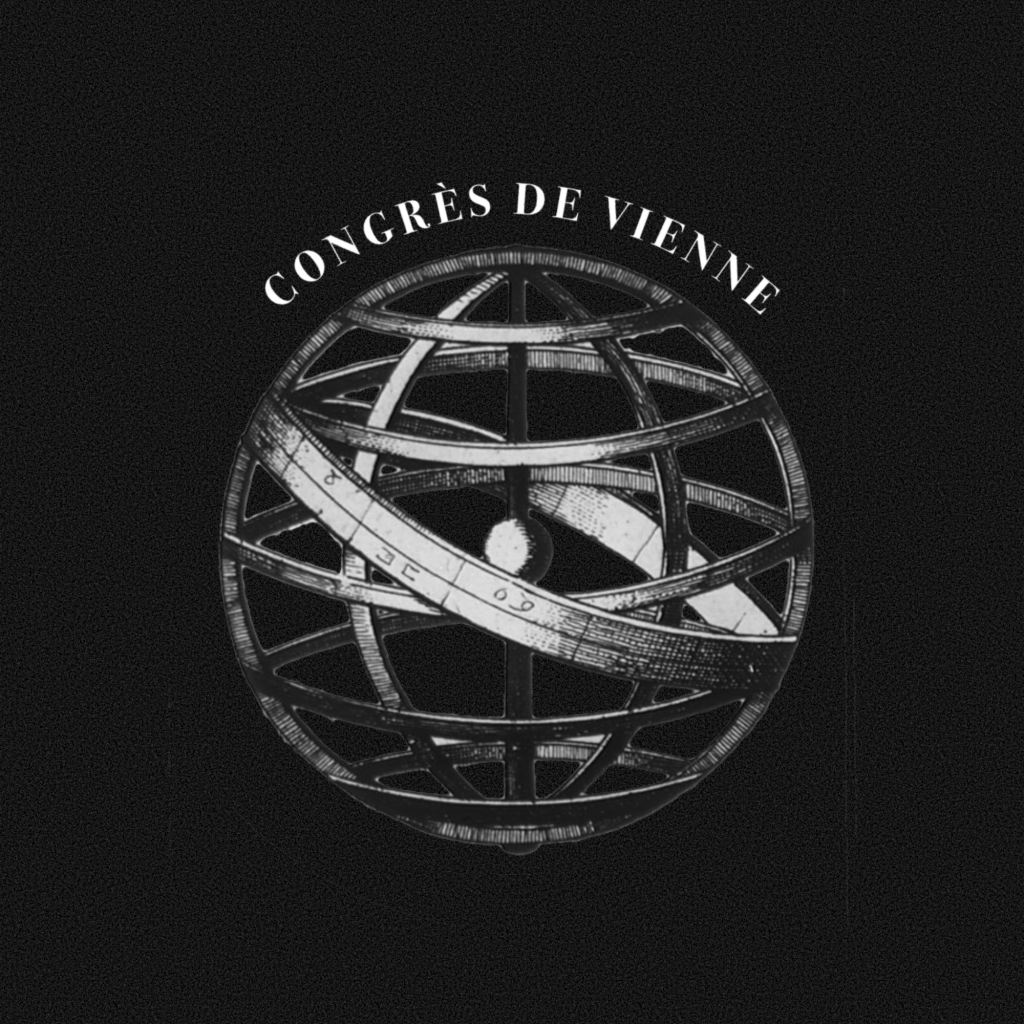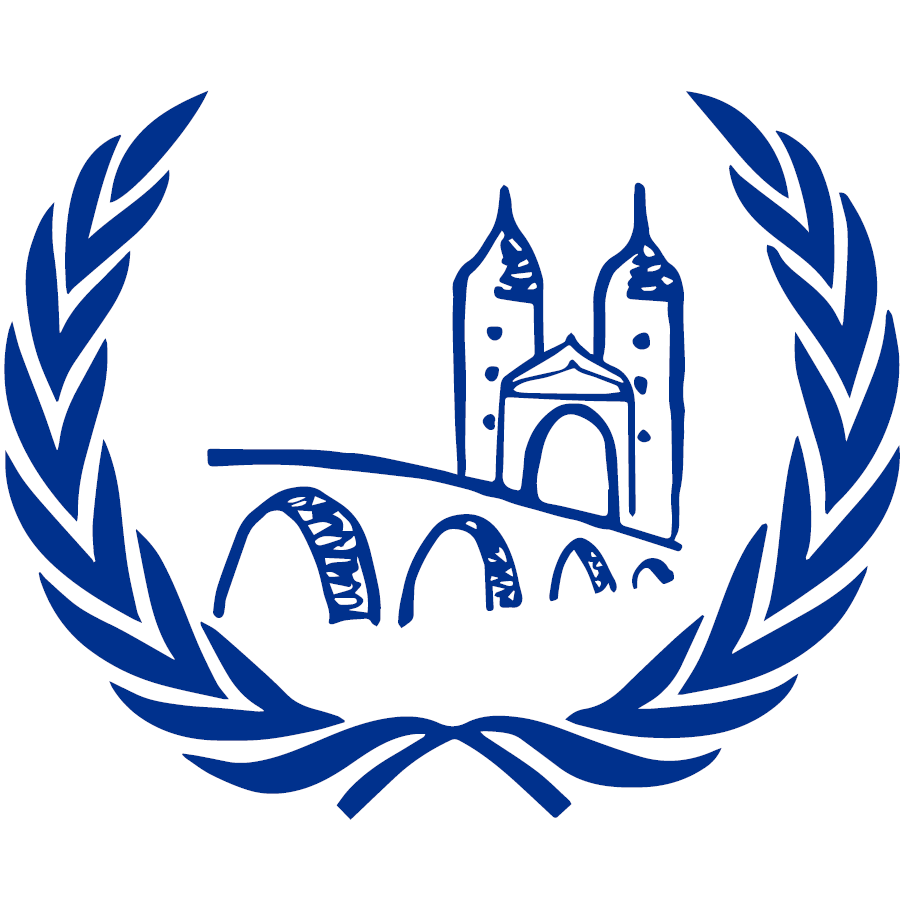
Congress of Vienna – Specialized Committee
The Congress of Vienna from 1814 to 1815 reorganized Europe, shifted borders and established new political power relations following the defeat of Napoleon Bonaparte. Restoration, a return to the Ancien Regime, the forging of alliances and the creation of sustainable and long-term security and stability were key objectives that the monarchs of Europe tried to achieve at international banquets.
Country / Character Positions
In the Congress of Vienna, two delegates represent the same country but different characters:
Aloys Count of Rechberg and Rothenlowen, to Hohenrechherg (Kingdom of Bavaria)
Arthur Wellesley, 1. Duke of Wellington (United Kingdom of Great Britain and Ireland)
Charles-Maurice de Talleyrand-Périgord, Prince of Talleyrand (Kingdom of France)
Count Carl Axel Lowenhielm (Kingdom of Sweden)
Count Friedrich Albrecht von der Schulenburg (Kingdom of Saxony)
Count Niels Rosenkrantz (Kingdom of Denmark)
Detlev Count of Einsiedel (Kingdom of Saxony)
Emmerich Joseph Wolfgang Heribert de Dalberg, 1st Duke of Dalberg (Kingdom of France)
Ernst Christian Georg August of Hardenberg (Kingdom of Hannover)
Ernst Friedrich Herbert to Münster (Kingdom of Hannover)
Friedrich Wilhelm Christian Karl Ferdinand of Humboldt (Kingdom of Prussia)
Karl August Prince of Hardenberg (Kingdom of Prussia)
Karl Robert Imerial Count of Nesselrode-Ehreshoven (Russian Empire)
King Charles XIV John (Kingdom of Sweden)
King Ferdinand VII (Kingdom of Spain)
King Frederick VI. (Kingdom of Denmark)
Maximilian Count von Montgelas (Kingdom of Bavaria)
Pedro Gomez Labrador, 1st Marquess of Labrador (Kingdom of Spain)
Robert Stewart, 2nd Marquess of Londonderry (United Kingdom of Great Britain and Ireland)
Tsar Alexander I. (Russian Empire)
